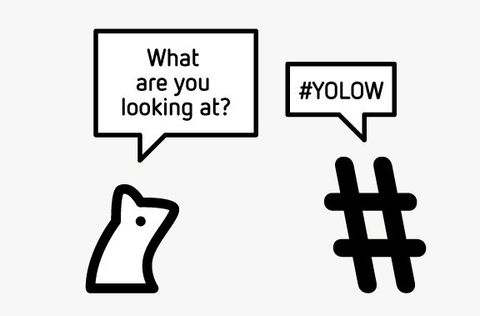5 Website Ingredients
Tips and trends to grow your business
The latest digital marketing trends to grow your business
Recipe for success: 5 key ingredients for your website
Do you know how many active websites there are on the world wide web? According to Internet Live Stats, there are now more than 1.17 billion. That’s a lot of sites seeking attention, a lot of businesses and publishers and individuals of all persuasions trying to reach people online.
If you want to stand out in that deluge, and get your messages seen by your target customers, you need to ensure you’re covering your bases and creating a website experience that caters to their needs and delivers above and beyond their expectations.
A great many pages – likely the majority of that 1.17 billion – fail on this front.
How do they fail? Why don’t websites get the visitors they need? What common errors or mistakes do you need to watch for?
As with most things, it often comes down to the fundamentals – here are some essential elements you need to include on any website to maximise your page performance.
1. Know your audience
First off, you need to understand what your audience is looking for from your website. You can find this out via surveys, by looking at successful competitors and by using your own pre-existing knowledge based on common customer questions.
Once you know what people are coming to your page for, you need to ensure all of those key, commonly requested resources are available via your front page.
The temptation can be to favour design over practicality – you might head to a page with an amazing, full page visual opening, but no links to the relevant information.
User experience is key in website design – it doesn’t matter how good looking your page is if it doesn’t deliver what your target audience wants.
2. Optimise for conversion
This is marketing speak for ‘make it easy for people to move closer to purchase or getting in contact’.
You’ve likely noticed, for example, that a lot of websites these days have pop-ups, normally in the bottom right, that give you a text box prompt to ask a question of a customer service agent, then and there.
While responding 24/7 may be unrealistic for your business, you need to ensure your contact information, and likely next steps, are available at every turn. Include all your contact details in your top or bottom banner on each page, make sure you have links to ordering pages and contact forms from product-relevant info documents and, again, always keep in mind the user experience.
Think: What would the user, if they were looking for more information or to get in touch, need to do after reading this page?
3. Make your site mobile friendly
Did you know that there are now more mobile devices in the world than people?
The mobile revolution is well and truly in effect – every day, people are conducting more and more of their daily interactions, including online activities, via mobile. You need to ensure your page is responsive to this.
There are a range of elements that will impact site speed, but you can get some immediate insight into what’s working and what’s not via Google’s official mobile-friendly speed test site
(which is free to use).
This will give you some idea of how your site is performing – if you need additional assistance in optimising your page, get in touch.
4. Integrate your social media profiles
Just as mobile connectivity is taking over, so is social media. In Australia, more than 15.5 million people
log onto Facebook every month - an active reach of 71.16% of all Australian internet users.
You can’t ignore social, and the connective capacity it provides.
There are two key reasons and ways to incorporate social into your website.
The first is to ensure your social presences are available (and active) alongside your other contact info. Given the prominence of social, many users will feel more comfortable getting in touch this way, so it’s worth giving them the option to do so – though keep in mind that this also means you’re effectively promoting your social presence, so you should also ensure they are being kept up to date.
The other way is to include social sharing buttons
on your pages to make it as easy as possible for visitors to share your content with their networks.
5. Images
This may be the most basic one, yet it shouldn’t be overlooked.
Include relevant images – even video – where you can to give your visitors more context and a better idea of what to expect from your business.
The thing to watch for with such content is that non-optimised images can slow your page speed, so it’s worth working to compress any images and links to make them load faster. But various studies
have shown that people, in general, process images faster than text, while video gives us a whole new interactive element to showcase information in more detail.
This is not a complete list, but accounting for these core elements will help ensure your website is on the path to optimal success. The key, as noted, is user-focused design. Everything else should stem from that.
Need help choosing the right marketing solution for your business?
Give us a call on 1800 006 910
to chat with one of our experts, or request a call back.
More marketing advice
If you're running a business, you want your marketing to demonstrate an ROI, fast. But how long is realistic when it comes to SEO?
Used right, hashtags can boost the performance of your posts by exposing your content to a wider audience of people interested in your target subjects. But used wrong, hashtags can make your brand look foolish, out of touch and can actually lose you followers as a result.
While a lot of marketing advice is great, there’s also a lot of bad advice that you do need to avoid so you don’t end up wasting time and effort.
We’ve all seen them, brands that have tried to engage on social but failed, either because they’ve tried too hard, they’ve misunderstood a trend or they just simple didn’t know how social works.




